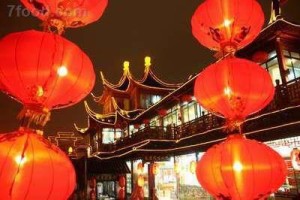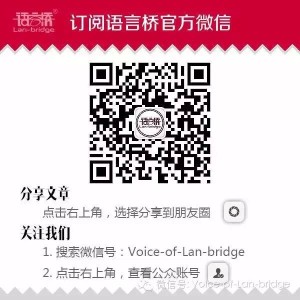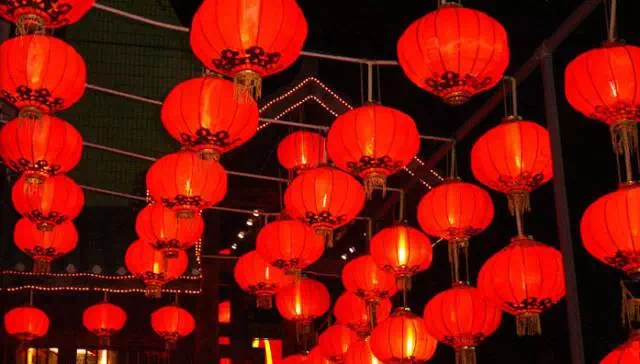- +44 (0)20 8334 8266
- uk@lan-bridge.com
- 中文
The Voice of Lan-bridge (09/02/2017)
The Spring Festival (aka, Chinese New Year) has passed and the Lantern Festival is coming soon. The Lantern Festival, also known as the Spring Lantern Festival, is the first major festival after Chinese New Year. China has a vast territory and a long history, so Lantern Festival customs throughout the country can vary. Food, lanterns, dragon dances and lion dances, are just a few of the important folk customs that people take part in.
This festival is also celebrated outside of China, in other Asian countries and regions.
Part 1: Lantern Festival celebrations around Asia

South Korea
South Koreans don’t call it the Lantern festival; to them the 15th of the Lunar month is called “lunar January Day”, meaning “full moon.” And they don’t eat the same food as people in China do on this day. Instead, they eat mixed glutinous rice, sorghum rice, red beans, yellow rice, black beans and other rice-based grains, and a variety of nuts, peanuts, walnuts, chestnuts, ginkgo, etc. In addition, they drink “clear wine”, and pray that they don’t suffer from ear disease in the New Year because they want to be able to listen to good news throughout it. The Korean countryside also retains some traditional celebrations for this annual festival, such as “burning of the moon house”: people pin notes with New Year’s wishes onto a tree trunk or bamboo truss-shaped roof frame, and then, as the full moon rises, they use a torch to set alight the “Moon House”.
North Korea
The Lantern Festival is known as the “lunar January fifteenth” in North Korea. On this day, the custom is meant to be for every household to have rice, yellow rice, millet, beans and a barley mixture of “grain rice.” This grain rice is not only meant to symbolise “a bumper harvest”, but also longevity, wealth, health, children, and peace – the “five prosperities” together. The most interesting thing about how this festival is celebrated here is how the people welcome the moon at night. It is said that the first to see the festival’s moon will gain good luck. For an unmarried young man, this means he will marry a “full moon” (beautiful girl); for a married man, this means his wife will have a baby.
Singapore & Malaysia
In the Southeast Asian countries that have large populations of ethnic Chinese, the Lantern Festival is celebrated in a variety of ways. For many ethnic Chinese populations here, the integration Chinese customs with those of the local culture have formed distinctive New year customs. A few years ago, the Singapore Pavilion started a lively parade during the Lantern Festival, which featured wonderful martial arts, lion dancing and Naamyam.
The Lantern Festival is also a major traditional festival for the ethnic Chinese of Malaysia, where “throwing oranges and catching bananas” is a lively romantic custom. In western Indonesia’s Kalimantan province, Yamaguchi, many annual Chinese traditional cultural activities are also held. Here, the Lantern Fesitval is the climax of a large Chinese New Year celebration.
Part 2: Chatting
February 3 is the first working day after the Lunar New Year’s holiday and so many companies will hold a meeting to exchange greetings. Some companies also use this time to hold their annual meeting.
And one slightly special group will also begin early on this day, and this is the Wanda Group. Early in the morning on the first day back at work, more than 200 Wanda executives will line up neatly on the 7th floor of the Sofitel Hotel, waiting for the start of the new working year, which will begin with Wang Jianlin’s words. What makes this meeting unique is the fact that it is a standing meeting!
In accordance with past meetings, Wang Jianlin’s speech this year was not too long (it generally lasts about 10 minutes). This is a key year for Wanda, who are always aiming to strengthen and grow their business.
But why is the meeting held standing? As with other aspects of business, Wang Jianlin wants this meeting to reflect the company’s ethos, which is “to not let a task drag on for two minutes if it can be completed in one.”
Follow us on WeChat:

Translated by Kain Jagger





